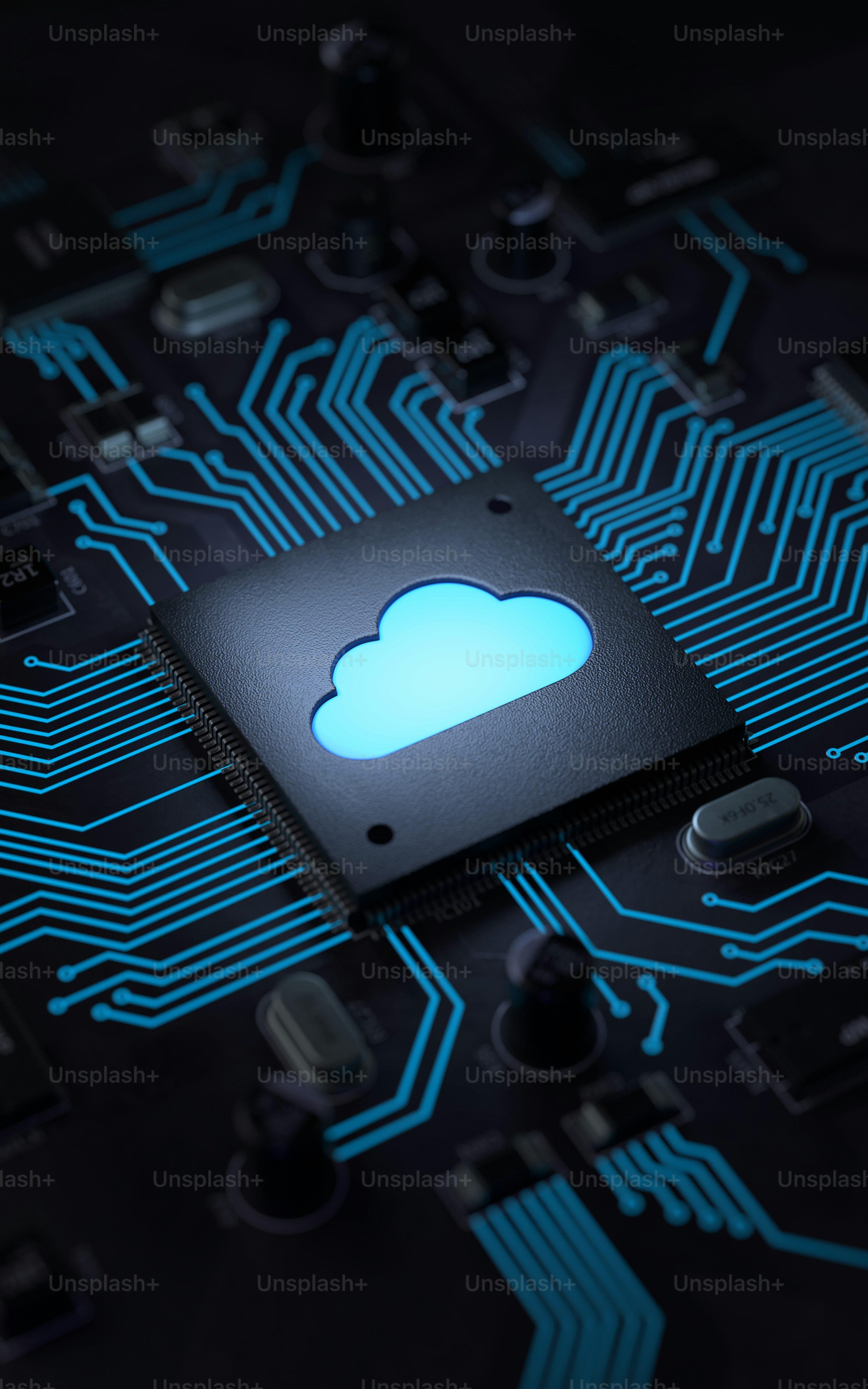Understanding Web Security
Web security is no longer an optional add-on; it has become an essential framework that underpins the credibility of online operations. In a world where data breaches make headlines faster than you can say "password123," it’s crucial to implement robust security measures. Here’s the good news—by understanding the fundamental concepts, you can make your applications not just safer, but also more efficient.
Key concepts in web security include:
- Authentication: Ensure users are who they say they are. Consider multi-factor authentication (MFA) as a gatekeeper.
- Data Encryption: Secure sensitive information. Nothing says “trust me” like encrypted data that’s well-protected.
- Regular Updates: Keeping your software up-to-date is like taking your vitamins; it fortifies your defenses against vulnerabilities.
Performance Tuning: Making Applications Run Like a Dream
Nobody enjoys waiting for a webpage to load, especially when that buffer icon spins longer than a DJ at a rave. Performance tuning is the magic wand that optimizes your applications for speed and efficiency.
Here’s how to maximize your application’s performance:
- Code Minification: Trim unnecessary characters from your code—it's like giving it a health kick.
- Caching Strategies: Utilize caching to serve users faster; it’s akin to keeping your most popular snacks front and center in the pantry.
- Load Balancing: Distribute workloads across servers to prevent any one system from feeling overwhelmed—imagine a busy restaurant staff working seamlessly together during rush hour.
Infrastructure as a Service (IaaS): Flexibility at Your Fingertips
In this age of cloud computing, IaaS is like having a Swiss Army knife for your IT needs. With IaaS, organizations can rent IT infrastructure, drastically reducing the cost of maintaining physical servers.
Benefits of adopting IaaS include:
- Scalability: Easily scale up or down based on demand, ensuring you only pay for what you need.
- Disaster Recovery: Have you ever lost everything due to a system crash? IaaS can be your safety net in that scenario.
- Management Ease: Easier administration allows you to focus on strategic initiatives instead of worrying about hardware failures.
Edge Computing: The New Frontier
Edge computing is here to change the game by processing data closer to the source, reducing latency and bandwidth use. It’s the equivalent of running to the corner store for milk instead of traveling across town.
Why consider edge computing?
- Real-time Data Processing: It provides immediate insights, essential for applications needing real-time analytics.
- Reduced Latency: Keep your customers happy with faster service—not a moment of lag in their online experiences!
- Bandwidth Savings: Diminishing back-and-forth traffic reduces costs and improves efficiency.
Microservices: The Future is Modular
Microservices are architecting the future where applications are built as independent, modular services that work together like a well-trained orchestra. This approach...






